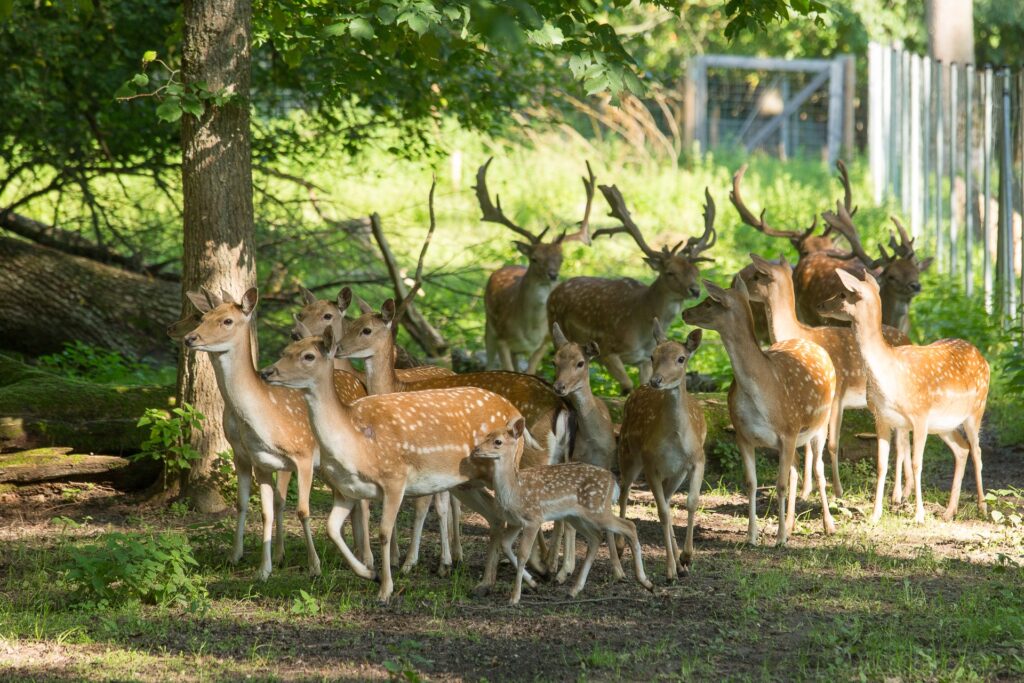Animal park residents
MEET OUR HAIRY CHARACTERS!
Koroonius
The wolf Koroonius arrived in Elistvere in 2020. Originally born in the Riga Zoo, the wolf was initially destined for Norway, but COVID-19 restrictions changed those plans. He ended up in Estonia instead, got his name via a public naming contest, and settled in comfortably at Elistvere.
The park had long wished for a wolf, as wolves are one of the most popular animals in Estonian folklore and serve as an indicator species for the health of our forests.
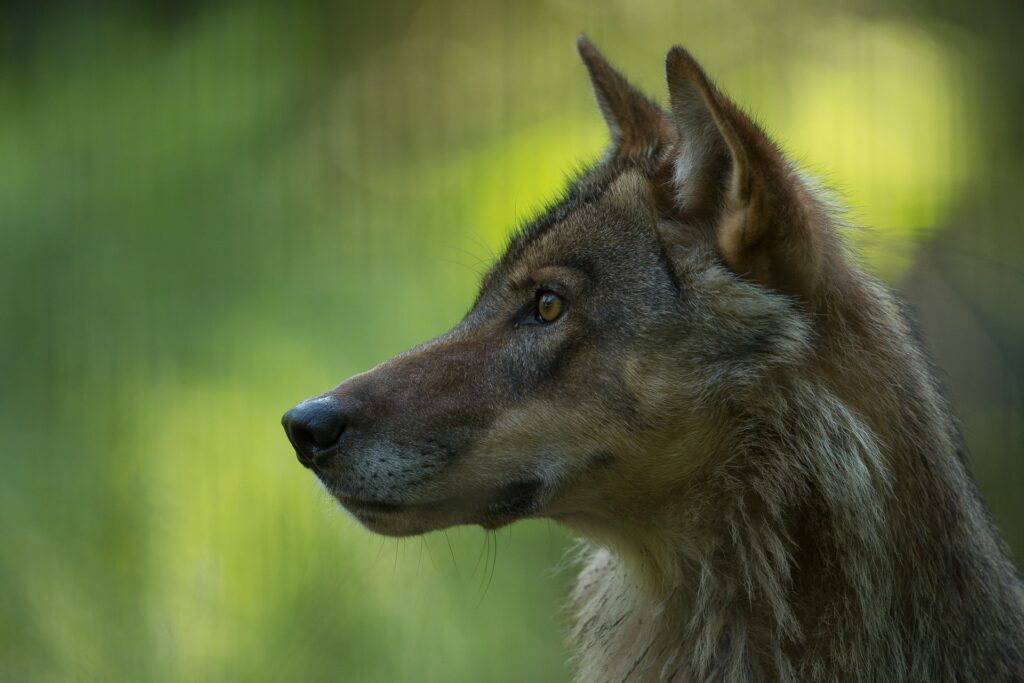
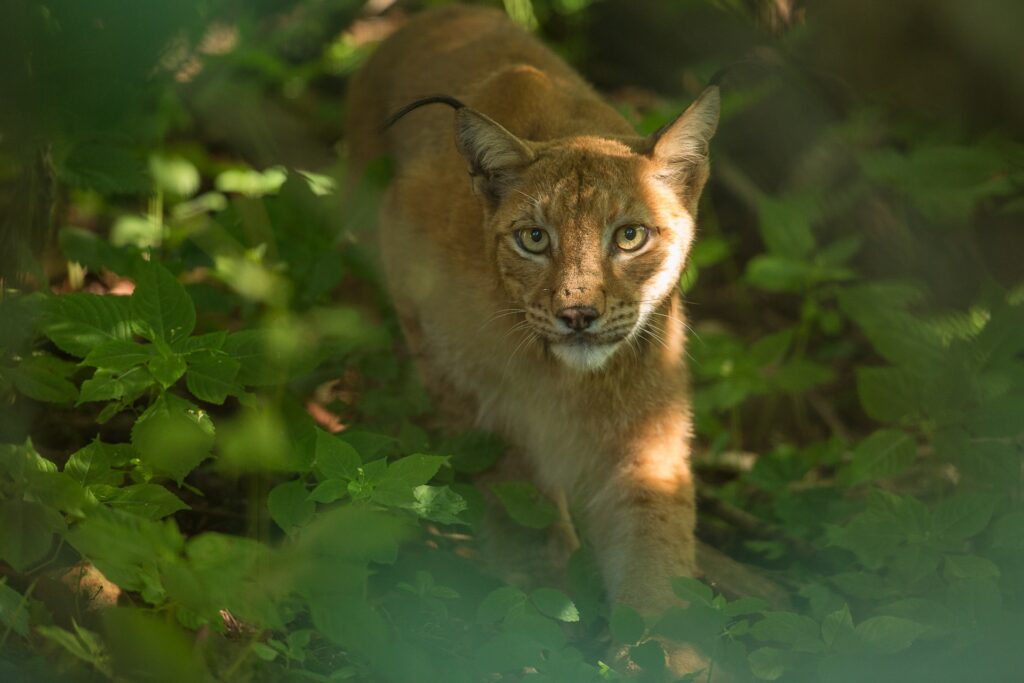
Printsess and Kriimu
There are currently two lynxes living in the animal park’s lynx enclosure.
The younger of the two – the female lynx Printsess – was found abandoned in the wild in the autumn of 2017 when she was about six months old. When Printsess arrived at Elistvere, she had been suffering from an empty stomach for a long time and was relatively weak, but her great desire for survival helped her to adapt to the living conditions here.
Kriimu, the male lynx, was born in 2013 in Southern Estonia. He had also been deprived of his mother’s care far too soon and was unable to live independently in the forest.
Seeing Printsess and Kriimu when visiting us is not always a sure thing, as their coat colour blends perfectly with the tree trunks and leaves. Our lynxes rest and spend most of their time on the ground, not in a tree. The lynxes are most likely to be spotted in Elistvere during winter when the trees have shed their leaves, and the grass in the enclosure has dried.
Gamlet and Pille
The bison herd at Elistvere has four members, and the evolution of their herd hierarchy is an exciting story in itself.
The first two bison – a heifer named Vilja and a calf named Villu – arrived from the Tallinn Zoo in 1997. Villu grew into a true herd leader, and all our current bison cows are his offspring. After Villu died in 2015, only bison cows remained in the Elistvere herd. New negotiations began with the Tallinn Zoo, and in November 2016, we welcomed a new bull named Gamlet from them.
Gamlet is still working to become the new herd leader. Namely, while the bison cows were on their own, the cow Pille became herd leader, a position that she likes. Vilja, the oldest bison cow, was also satisfied with this arrangement until her death in 2021.
In the years spent living in the animal park, Gamlet has yet to provide any offspring to the herd. He still seems to be thinking things over.
While Elistvere offers the opportunity to see species found living in Estonian nature, bison became extinct in our region as a native species. However, since they inhabited these lands before the last ice age, we’ve chosen to include them in our park.
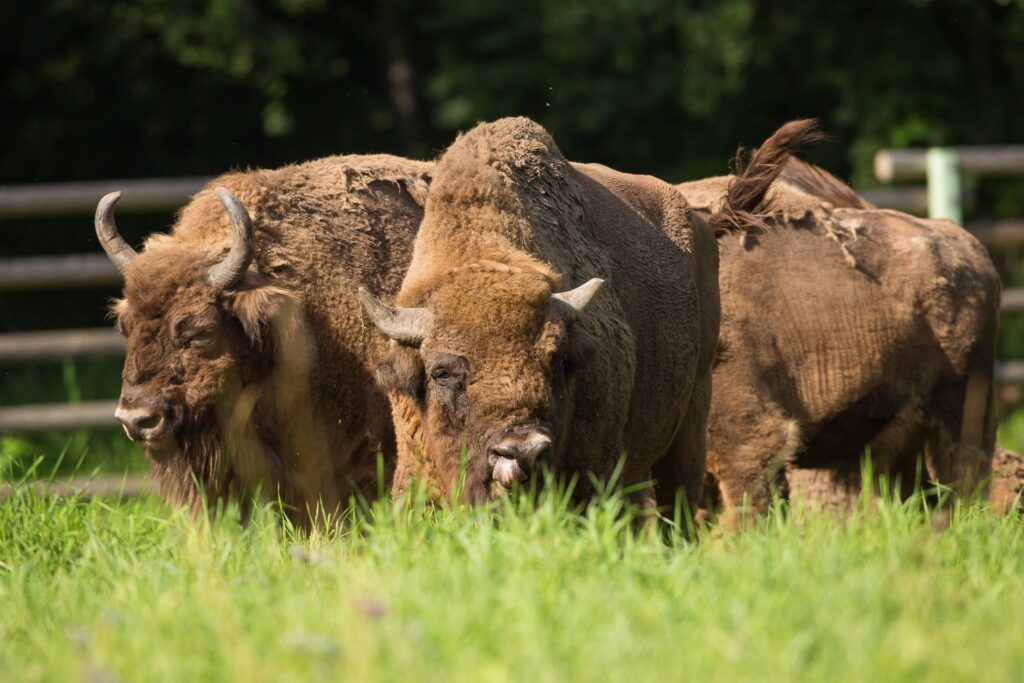
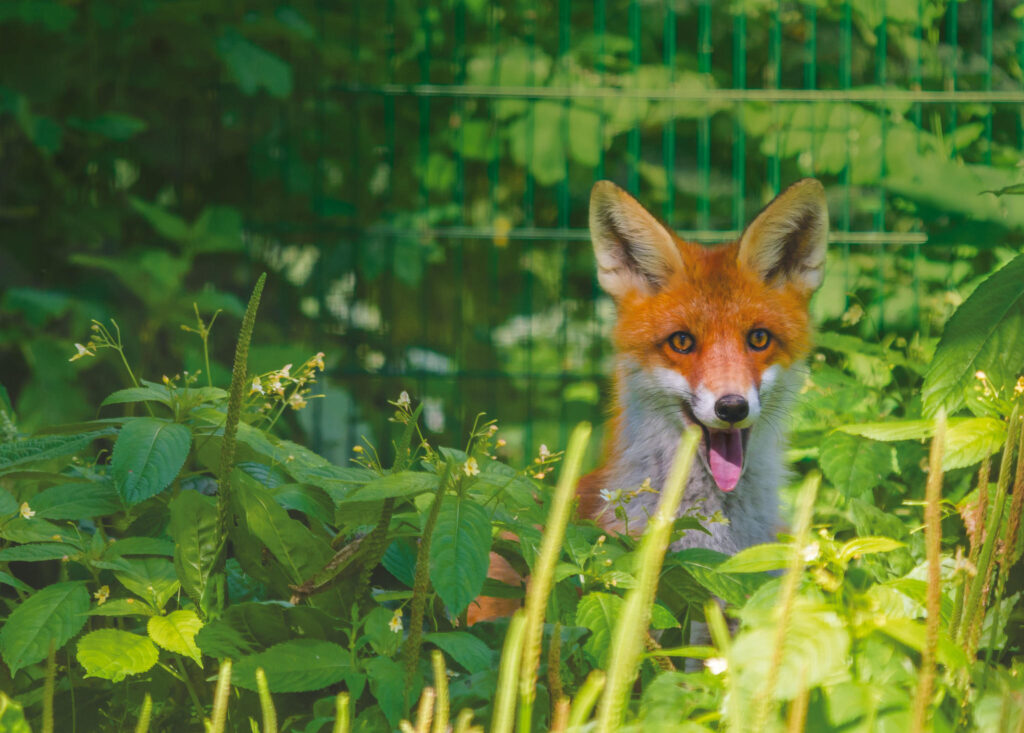
Jussike and Roosi
Two foxes are living with us right now – Jussike and Roosi. If Jussike is more modest, then Roosi is the one you can definitely see. As people draw near, Roosi usually begins to run along the edge of the fence.
Maare
Reindeer Maare was born in Elistvere Animal Park in the spring of 2009. The average lifespan of a reindeer is 15 years, so she is already quite old. Maare becomes a favourite of visitors around Christmas when they come to see Santa’s helper.
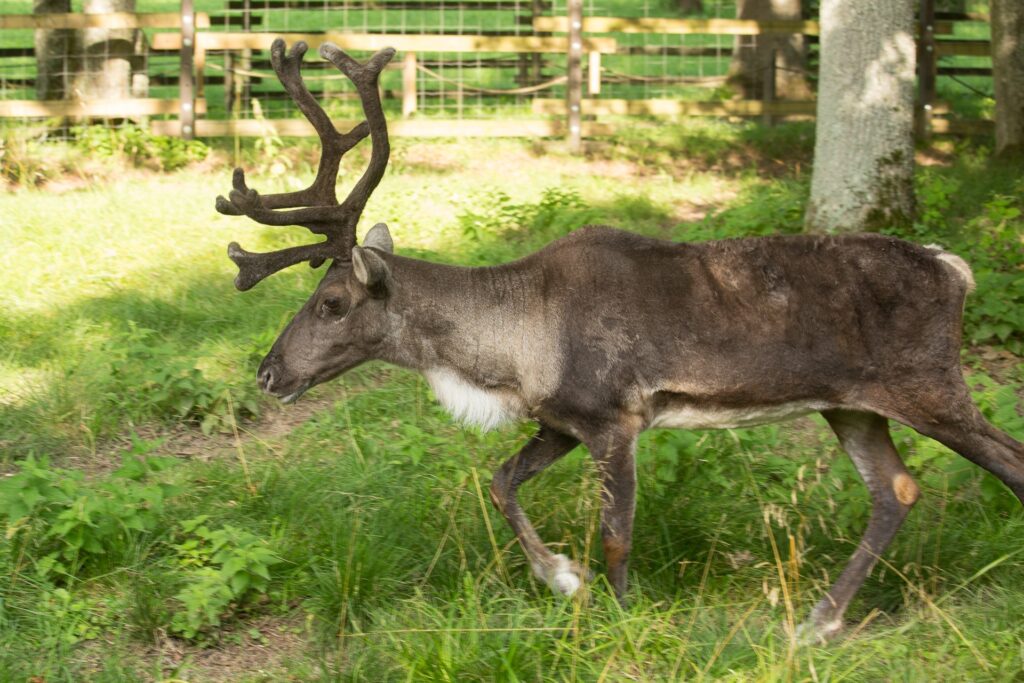
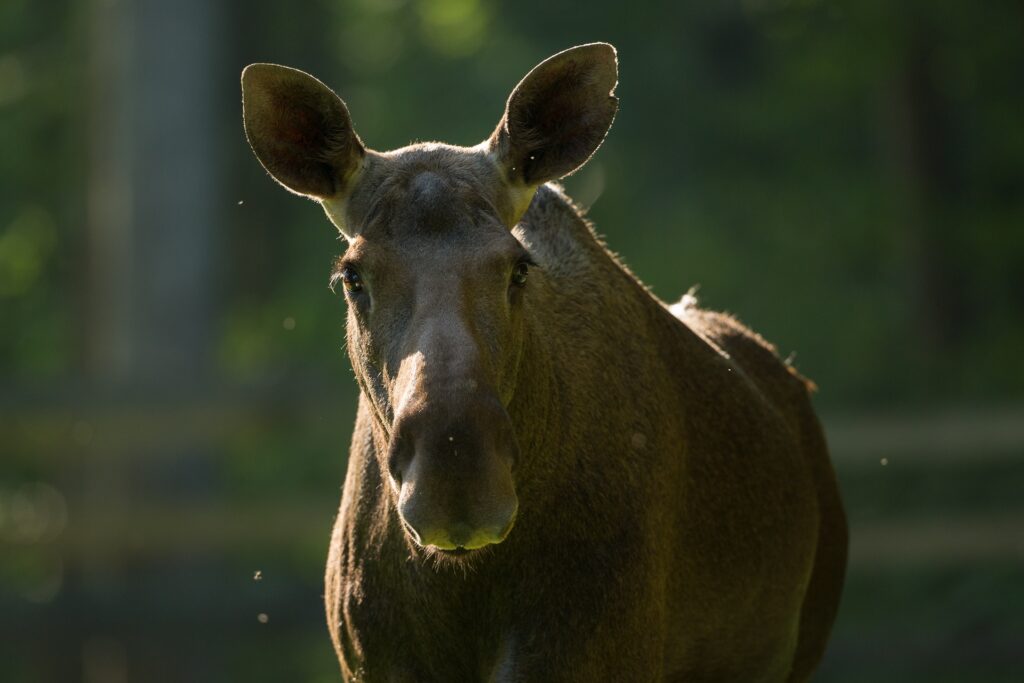
Tuule
Tuule, who arrived in Elistvere in the spring of 2011 as a foundling abandoned by her mother, lives in the elk pen. From time to time, Tuule likes to speak her own language – to the human ear, it sounds like a bit of a sad groan.
Poja and Timmu
Two roe deer bucks live in our enclosure: Poja and Timmu. The Poja is braver than Timmu and occasionally comes to see people.
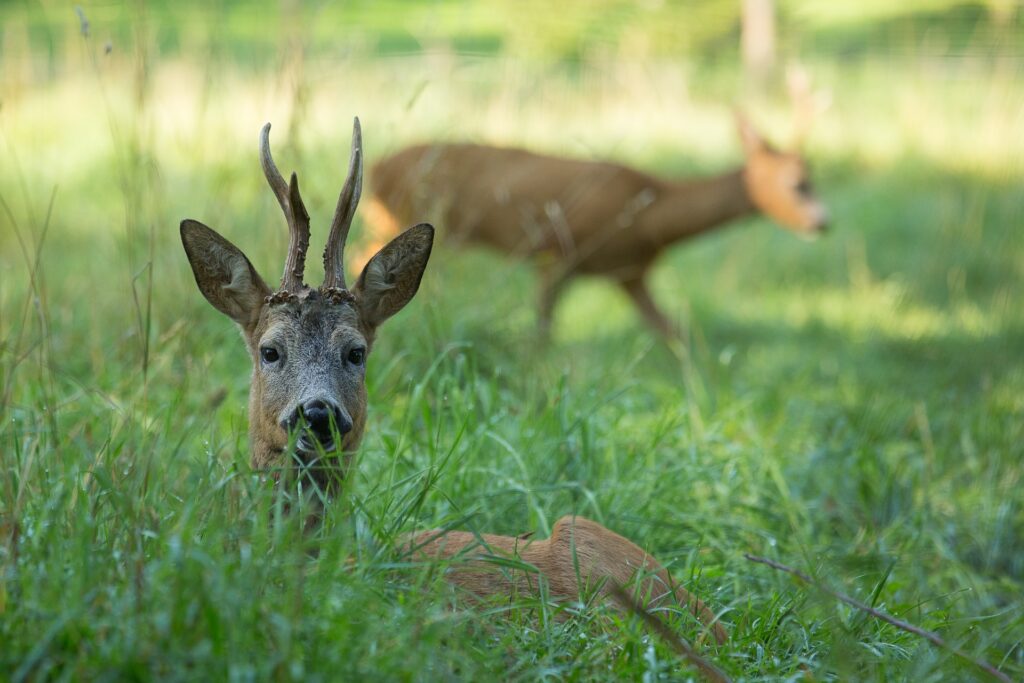
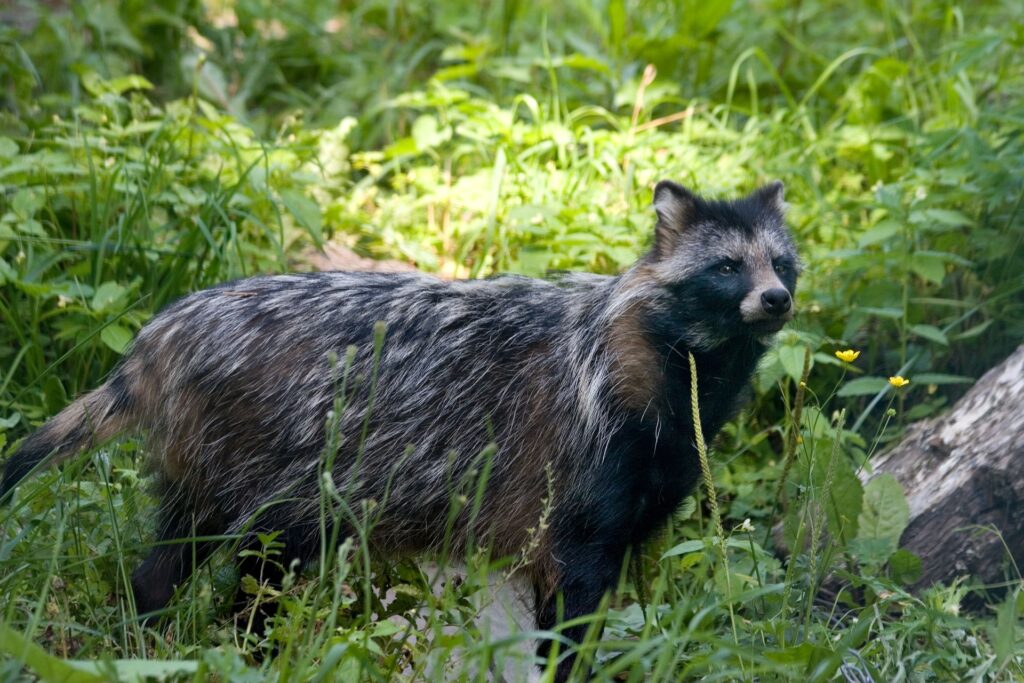
Piccolo
Our raccoon dog Pikkola spent her early days living a life of luxury on a Persian carpet. After being rescued as a pup by a family, she lived in their home. However, since keeping wild animals as pets is not allowed, Pikkola moved to Elistvere. Here, she lives a relatively modest life and rarely makes appearances before visitors.
Netu
Netu, the beech marten, was found in the city of Tartu. He got his name from the fact that when he first arrived here, the keeper would tell us how the animal was sleeping nicely curled up or climbing the branches placed in his enclosure. Yet, whenever the other animal park workers went to see it, the beech marten was hiding. As the keeper searched for him, she kept repeating netu (Russian for ‘not here’).
Compared to Elistvere’s European pine martens, the beech marten is calmer, napping more often during the day and not fussing about very much.
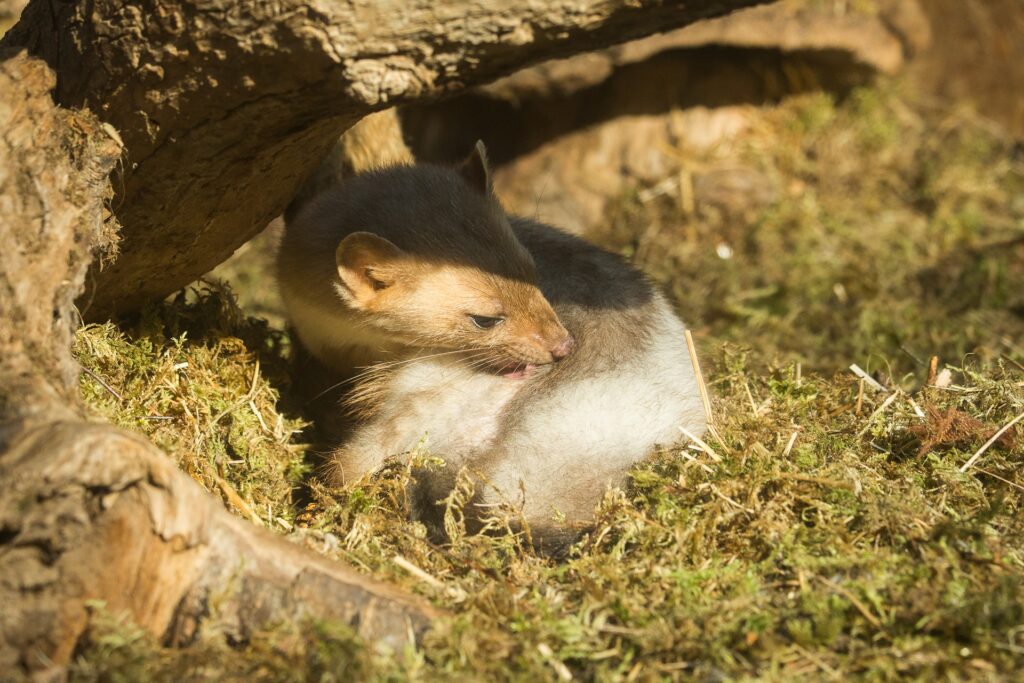
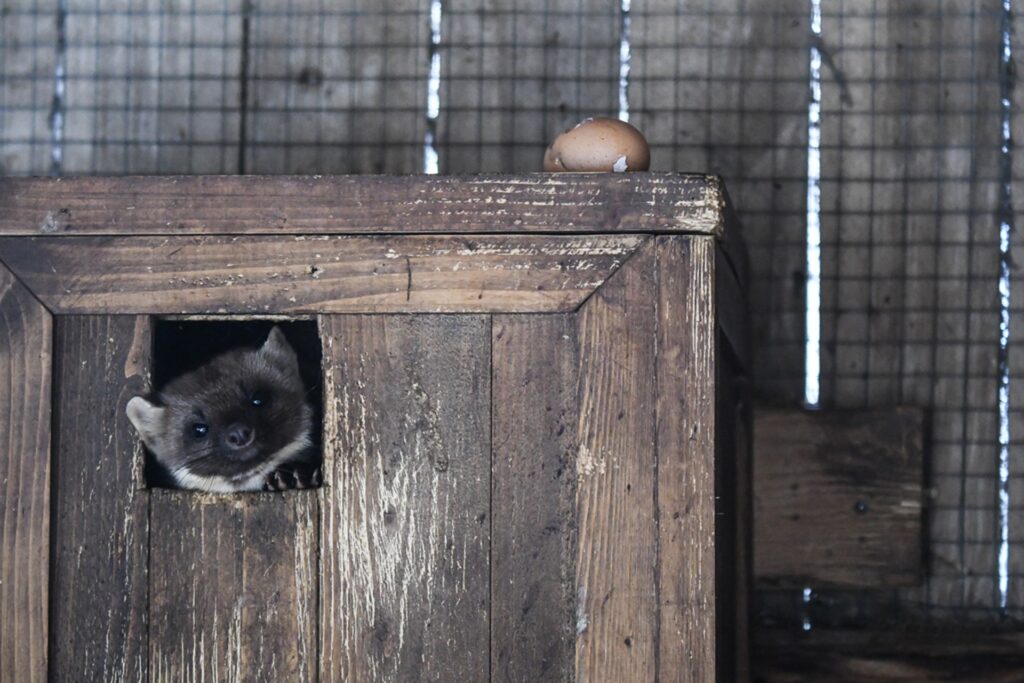
Ülo and Nuki
Our European pine martens, Ülo and Nuki, are both males and, therefore, live in separate enclosures. Ülo arrived from Hiiumaa in 2012 and was named after the then-well-known politician Ülo Nugis (Nugis – Estonian for ‘marten’). While the story behind Nuki’s name has been forgotten over time, it may have been inspired by the surname of Ülo Nugis. When Ülo’s and Nuki’s stomachs are full and they’re in a good mood, both martens merrily race around their enclosures.
European fallow deer
We have a large herd of European fallow deer. In the early years of the animal park, when there were few species to show, we received some fallow deer from the Tallinn Zoo, and this is how the herd has grown. Fallow deer are timid animals and retreat to the back of the enclosure as humans approach. But in winter, when hay becomes their leading food, they lie nicely in their feeding shelter and ruminate after meals, undisturbed by visitors.
